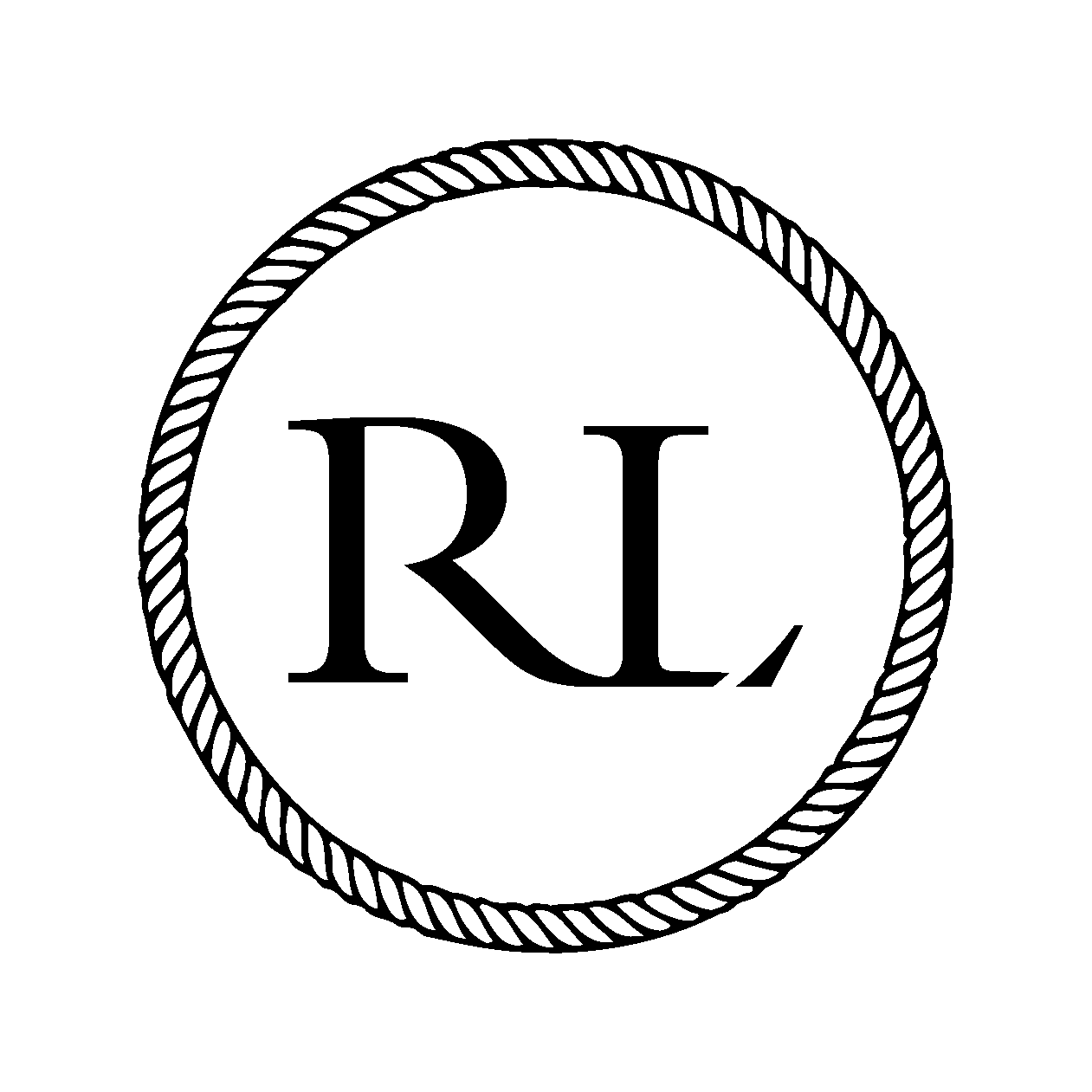Septoplasty Recovery: 9 Tips to Follow

A deviated septum affects your breathing, sleep and quality of life. Septum surgery as an intervention option to manage symptoms is both practical and safe. You have undergone surgery, and it’s time for a quick recovery. What has to be done for the acceleration of the recovery process? This article is your guide and provides nine concrete tips towards optimal recovery after septum surgery.
What Causes A Deviated Septum?
A nasal septum separates the nose’s sides. A perfect septum should be centred or slightly off-centred, which is hard to notice. In case it’s misaligned, or you face symptoms of a deviated septum, it requires professional assistance like nasal septum perforation treatment.
Some common causes of deviated septum include:
- Congenital: A deviated septum can be present from birth due to facial development in the womb.
- Injury: A bump to the nose, whether from a playful childhood tumble or a more unfortunate accident.
- Surgery: Previous nasal surgeries performed by inexperienced surgeons can also result in deviated septum.
9 Tips to Follow for Quick Septum Surgery Recovery
- Adequate Rest
A swift recovery involves properly preparing for surgery and aftercare with precautions. Naturally, letting your body heal is one of the best ways to recover after surgery complications. If you work full-time or are a student, try to take some weekdays off from work so that your body can heal before indulging in harsh activities. Follow a good sleep pattern, as this time is essential for your body to redirect energy towards healing, so keep it as comfortable as possible.
- Follow your Doctor’s Instructions
Your surgeon will also give you postoperative guidelines according to the condition of the surgery. These standards should be followed strictly. Be it limitations to the diet and activities or wound care, you need your doctor’s instructions so that you do not contribute negatively towards recovery while at the same time reducing chances of setbacks.
- Use Prescribed Nasal Sprays
The most prevailing problem after septum operation is nasal congestion. To ease this, your doctor would prescribe some nasal sprays for decongestant purposes, reducing nose swelling. The use of these medications as prescribed by healthcare professionals is essential because they significantly contribute to normal air flow and prevent complications during recovery.
- Stay Hydrated
With proper intake of water, one can prevent dehydration since discomfort may arise and, at the same time, hamper recovery. Adequately hydrated with enough water prepares the patient to avoid dehydration, another comfort that might slow healing.
- Elevate your Head
Little head elevation while resting or sleeping can help manage swelling and improve circulation. Secure additional pillows or use a professionally designed pillow or supporter to lift your head and make sleep more comfortable, making evacuation more manageable.
- Avoid Blowing Your Nose
After the nasal septum perforation treatment, you must refrain from blowing your nose vigorously. Your nose requires adequate time to recover; thus, blowing your nose can interfere with the recovery process, which might result in more complications. If you need to clear your nasal passages, consider using a gentle saline nasal spray or follow your doctor’s guidance on proper techniques.
- Use Cold Compresses
Cold compresses on the surgery region are recommended for pain relief and effective swelling reduction. Cold compress a clean cloth or one wrapped around in a thin towel and apply it over the affected area for a few minutes if your surgeon recommends. This primary yet effective method contributes to a more pleasant recovery process.
- Take Pain Medication as Directed
Pain is also a standard procedure during the recovery phase after septum surgery. Your doctor will probably prescribe pain medication to control the pain. However, per the manufacturer’s instructions, it is essential to be strictly adhered to so that pain can never catch up with him/ her, thus enhancing an easy recovery. If you have doubts or experience unpredicted adverse reactions, notify your healthcare professional immediately.
- Quit Smoking and Alcohol
Smoking and drinking can slow down healing, thus increasing the likelihood of complications. The two substances impair the immune system, delay tissue healing and may make infections inevitable. Abstinence from smoking and drinking alcohol is recommended to be observed during the recovery period for the facilitation of great healing.
How Does Nasal Septum Perforation Treatment Work?
A hole in the nasal septum, known as a perforation, can present a spectrum of bothersome symptoms due to nasal septum perforation, such as whistling sounds in the nose by air leaking through it and periodic crusty discharge from the lesion. But with the best surgeons in the UK, navigating the path to relief can be confusing. So, let’s delve into nasal septum perforation treatment and understand how it works.
Treatment Goals
The objective of the treatment largely depends on your symptoms, which is extensive perforation results in severe signs. Surgery may be required when perforation is large or results in annoying symptoms such as persistent crusting, whistling and frequent epistaxis. If the perforation is small and doesn’t cause significant problems, your doctor might recommend conservative measures like:
- Nasal saline irrigation: Nasal irrigation keeps nasal passages moist and prevents crusting that aggravates the perforation.
- Humidifiers: Since dryness causes discomfort, especially during sleep, adding moisture to the air can help reduce it.
- Petroleum jelly: Applying a thin coat of moisture within the nostrils prevents crusting and keeps trapped moisture.
The Surgical Process
The specific surgery steps depend on the chosen technique and the size and location of the perforation. However, generally:
- Anaesthesia: You will get local, light, or general anaesthesia, depending on the type of surgery.
- Accessing the perforation: The surgeon makes an incision on your nose, reaching the perforation.
- Preparing the tissue: The surgeon uses a regional flap to harvest local tissue. If using a graft, the donor site is ready.
- Repairing the perforation: The surgeon carefully closes the hole using the chosen tissue.
- Closing the incision: The surgeon stitches or sutures the incision closed.
Complications and Success Rate of Septum Surgery
Like all surgery, nasal septum perforation repair carries risks. These include infections, bleeding and takeover failure. The risks are less prominent with experienced or board-certified surgeons.
The outcomes of surgery are based on the affected area, type and size of perforation selected procedure and personal healing parameters. In most cases, the success percentage is high, concentrating on research reports that state remarkable effects of reduction in symptoms and patient satisfaction after surgery.
Transform Your Nose Shape with Rhinoplasty LDN
Nasal septum perforation treatment addresses the underlying cause and alleviates bothersome symptoms. While conservative measures can be helpful for smaller perforations, surgery offers a more definitive solution for larger ones.
At Rhinoplasty LDN, we offer a spectrum of surgical approaches to achieve your desired outcome. We prioritize natural-looking results that enhance your overall facial harmony without compromising your unique identity. While transforming your appearance is essential, we also understand the potential impact on your confidence and well-being. Our compassionate team provides comprehensive support for a smooth recovery.
Unsure about surgery? Schedule your consultation with London’s leading rhinoplasty specialists.
Frequently Asked Questions
Yes, septum surgery can improve snoring and sleep apnea by correcting a deviated septum, which may contribute to airflow obstruction during sleep.
